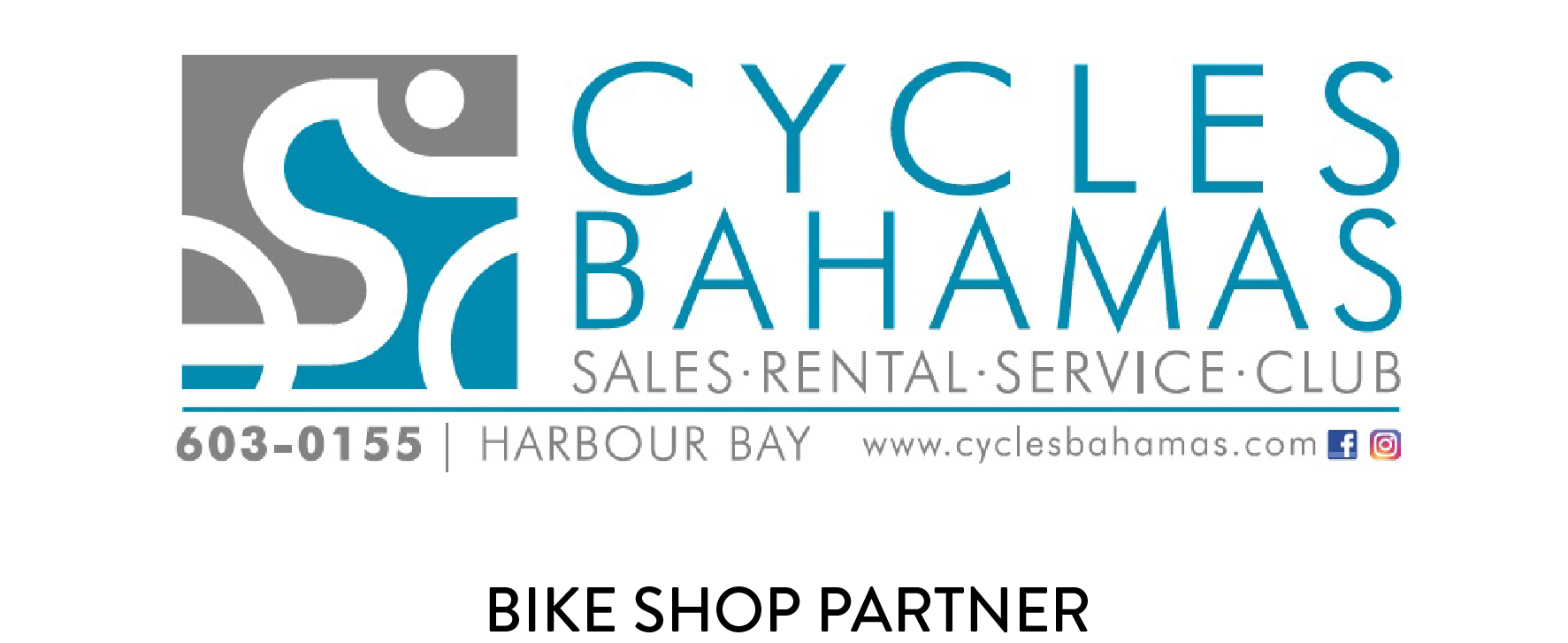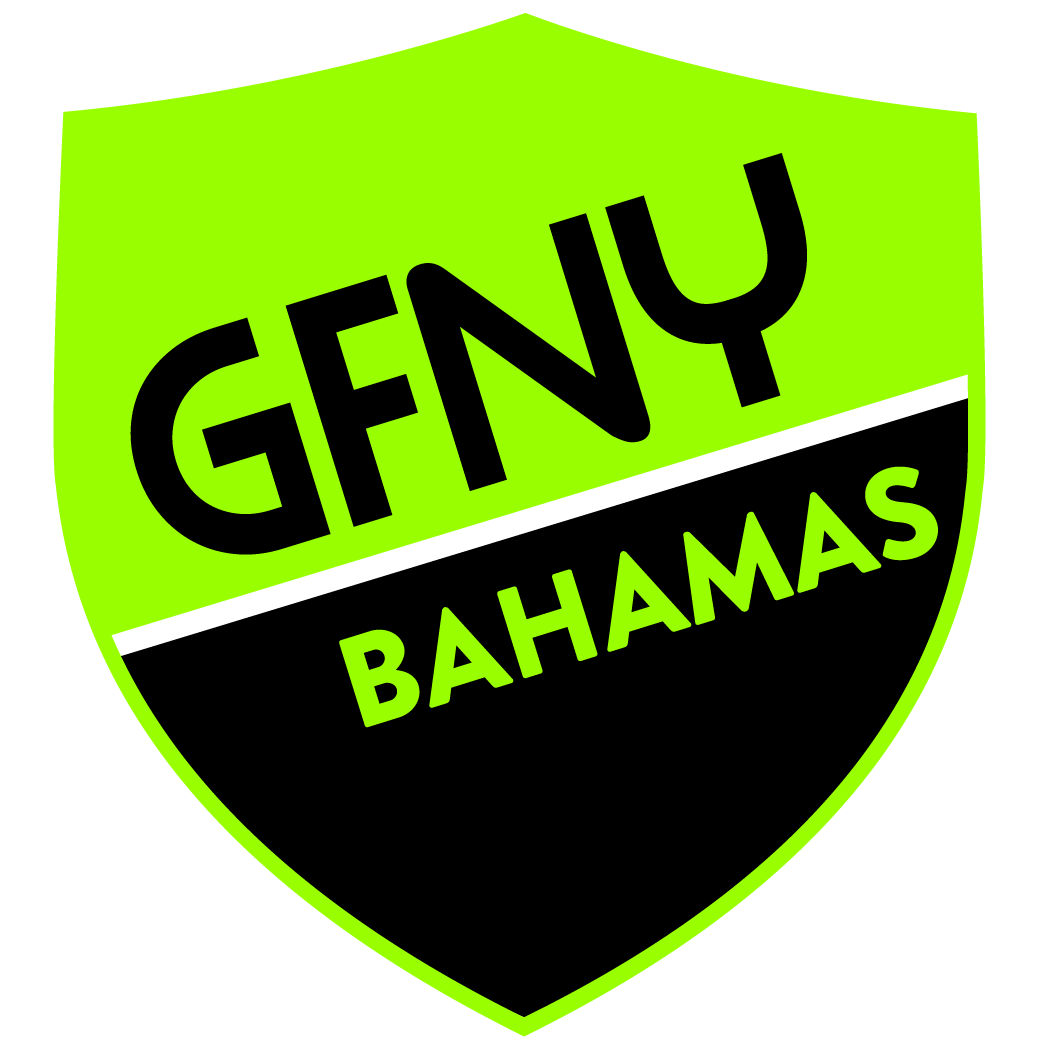GFNY Coaching: Post-ride nutrition
GFNY Coach Christian explains the importance of post-ride nutrition in this week’s Training Guide
Recovering from hard training sessions in time for the next one is one of the keys of a successful training program. Letting your body recover and repair itself, yet doing so quickly enough that you can train hard multiple days per week, allows you to continue to stress your body and generate the adaptations required to make you faster.
Post-ride nutrition is one of the most important factors in that recovery process. Specifically, recovering carbohydrate levels, which are stored in the body as glycogen. Glycogen is key to providing energy for your body to train hard, but many athletes underestimate how important it is to focus on restoring glycogen levels in the body after hard training rides.
The Post-Workout Window
Even if you provide your body with enough carbohydrate, it takes 24-48 hours to fully replenish your body’s stores of carbohydrates after depleting them.
Therefore, it’s important to begin refueling immediately after a hard workout to begin refueling. This post-workout window is important because immediately after exercise, your body refills it’s glycogen stores more rapidly. The longer you wait to start eating, the less of a chance you have to be refueled by the next day, or even the day after.
You should aim to consume roughly 80-100 grams of carbohydrate in the first hour after a hard training ride. On top of this, adding 20-25 grams of protein has been shown to help the recovery process. This post-ride meal can be solid food or it can be a recovery drink; either will work. Just steer clear of commonly-found protein drinks which contain almost no carbohydrate; this won’t do you any good.
After the first hour, you should continue eating well the rest of the day, getting in plenty of carbohydrate. We’ll discuss this more below.
Matching Nutrition to Your Workout
You’ll notice that in the previous section, I mentioned that you needed to focus on refueling after hard rides. We’re going to break that down more in this section, by type of training ride.
It’s important to match your fueling to your workout. Many athletes keep the same daily routine, which works after easy training rides but leaves them depleted after hard ones. On the other hand, it’s possible that if you over-fuel, you could gain weight. This isn’t typical, but it is possible.
So, let’s briefly discuss how to match your fueling to your ride.
Easy Ride: After a ride that’s relatively low intensity and less than 1.5-2 hours, you don’t need to do anything specific to speed recovery time, as long as you’re eating a diet that’s moderately high in carbohydrate. For these types of workouts you don’t have to target the post-ride window or have a recovery drink, but don’t wait too long after your workout to have your next meal.
Moderate Ride: These are workouts which are either short but high-intensity (like a 1 hour interval session) or rides which are low intensity but moderately long (3 or more hours at a low intensity).
After these workouts, you need to be sure to eat within 30 minutes of getting off the bike. As we mentioned above, 80-100 grams of carbohydrate along with some protein is perfect. Solid food or a recovery drink or shake are all perfectly good options.
After these workouts you should continue eating high in carbohydrates. Approximately 6-8 grams per kilo of bodyweight is a good daily goal.
Hard Ride: This is any ride that really stresses you. It could be a long ride (3-5 hours or longer) or a long, difficult intensity workout like a hard group ride or a race simulation.
As with the moderate intensity rides, you should focus on getting in a meal within 30 minutes of getting off the bike. The guidelines are the same as above.
Also as above, you need to focus on getting in plenty of carbohydrates the rest of the day. However, you should eat even more, upping this to 8-12 grams of carbs per kilo of bodyweight as your goal for the entire day.
Wrapping Up
There are several important aspects to recovery; we’ll be covering the others in later articles. For the moment, use this article as motivation to start working on your post-ride nutrition.
If you’re doing things right, you should notice you begin to feel better on repeated days of hard training: you’ll feel strong on Sunday even after a hard ride on Saturday, or you might start feeling better on your mid-week interval workouts.
Like many things, once you know what you need to do, implementing it into your routine is the key. Experiment with what foods and recovery drinks work best for you and help you stick to your new post-ride nutrition plan.
Tags: Coaching




